Photo credits: New York Public Library
In spite of overwhelming proof to the contrary, a group of approximately 5,000 white people murdered a Black man on July 7, 1893, in Bardwell, Kentucky. His name was Seay J. Miller. According to the Equal Justice Initiative, Miller supposedly murdered two young white girls named Mary and Ruby Ray.
Countless Black Americans were lynched throughout the South after being charged with homicide. Simply implying Black-on-White violence at this time of racial dread may lead to mass violence from angry white mobs. Lynchings were conducted before the legal system could or would intervene. With no evidence to back the allegation, the pervasive racial antagonism in Southern culture sometimes worked to focus suspicion on Black communities.
When a crime against any white person was uncovered, charges made against Black individuals were rarely given any realistic level of consideration. This was because hordes of angry white vigilantes took justice into their own bloody hands – ahead of any trial of racial fury scheduled by the court system’s structure. However, despite the fact that the evidence pointed to a different perpetrator, Mr. Miller was quickly suspected, which contributed to his murder.
Numerous bystanders classified the perpetrator as a white man. Statements from Mr. Miller’s wife and law enforcement witnesses revealed that Mr. Miller had not been in Kentucky at the time the girls were slain. Even the girls’ father, John Ray, didn’t believe Mr. Miller was guilty. Frank Gordon was the only eyewitness who identified Mr. Miller, although he first told police—along with other witnesses—that the male subject he saw was white.
Only until the county sheriff promised to file charges against him as an accessory did Mr. Gordon alter his story. Mr. Miller was given to a mob of several thousand angry white residents so they could force him to the gallows. Despite having a duty to protect those under their care, law police frequently participated in lynchings rather than using their power to stop white mobs from killing Black individuals.
Raging white who ran in mobs served as judge, jury, and executioner – in a framework whereby police officers did nothing to safeguard residential areas, which were predominantly Black. In this case, members of the massive angry white mob were committed to ensuring Mr. Miller’s gruesome demise.
The white mob’s members put a chain weighing more than 100 pounds around Mr. Miller’s neck. They made him walk around town until he passed out from weariness – thinking that a quick lynching by rope would be too merciful.” Then, the fully-armed crowd hung Mr. Miller from a utility pole at around 3 o’clock. Gunshots rang out from numerous gunmen. Over 200 bullets were pumped into his already brutalized body.
After the hail of gunfire, Miller’s corpse was left dangling from the pole for hours.
After that, whites savagely hacked off Mr. Miller’s fingers, toes, and ears so they could have his body parts as keepsakes. Then they torched his body – so that the whole town could witness his corpse ablaze publicly. Police continued to arbitrarily detain local Blacks on false charges despite the brutal lynching of Mr. Miller. This prompted armed white residents to organize and drive Black residents out of the neighborhood.
No one was ever jailed for taking part in Mr. Miller’s lynching. No action was taken to look into a white defendant in the Ray girls’ killings. Ida B. Wells, a well-known journalist, and anti-lynching activist went to Kentucky shortly after to look into Mr. Miller’s lynching. She wrote about the savagery of the lynching, the suffering of Mr. Miller’s widow, and the searing flames of bigotry, which permitted lynching to continue in the U.S.
Her compelling narrative was eventually printed in the Chicago Inter-Ocean newspaper.





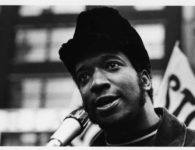
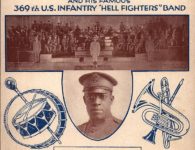

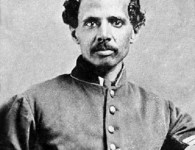


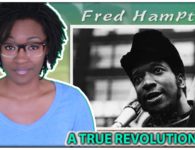

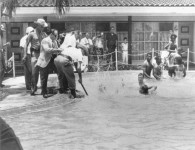


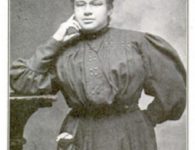




No comments